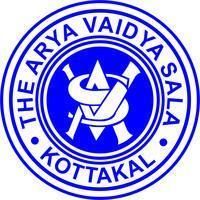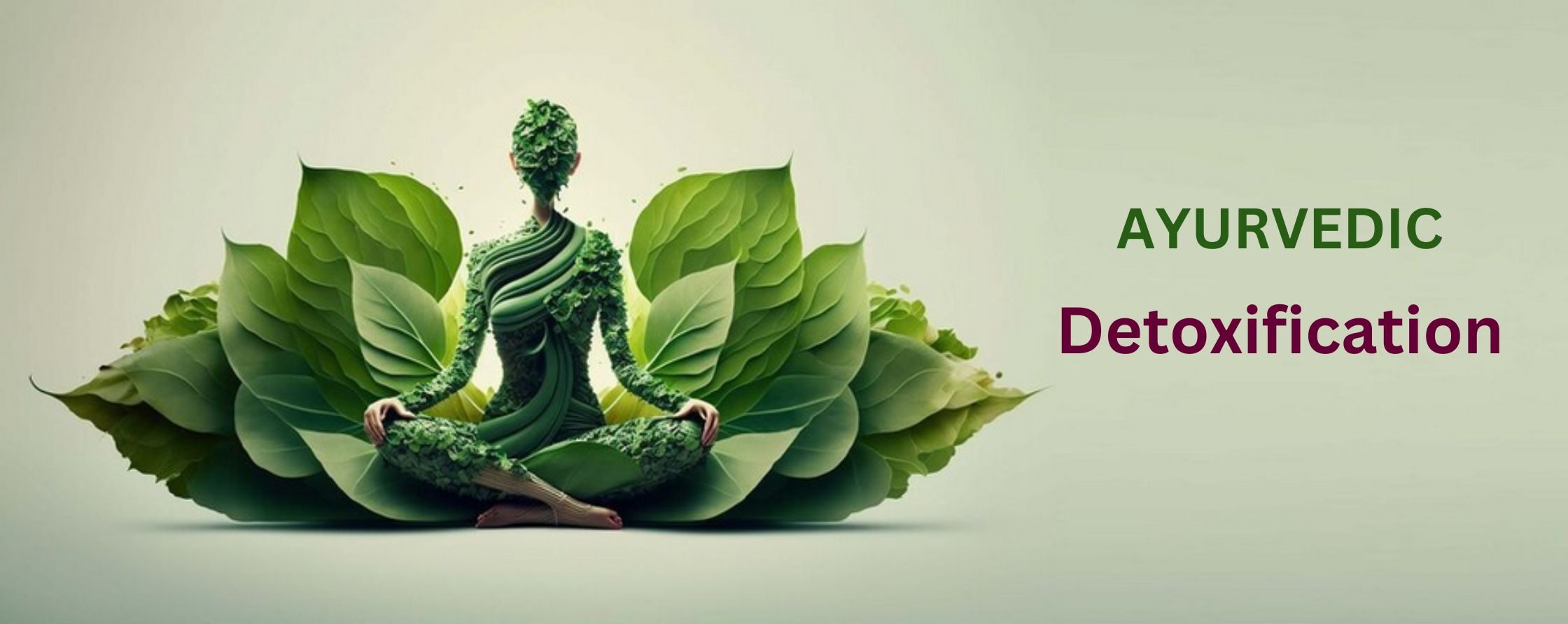Sluggish digestion? Skin looking lacklustre? Feeling bloated, dull, and lethargic? These are all signs it might be time to do an easy Ayurvedic cleanse.
In Ayurveda, cleanses are recommended from time to time to help your body clear out ama (accumulated toxins) so you can feel lighter, brighter, and more clear again. Followers of Ayurveda follow the traditional diet and engage in regular detoxes to rid the mind and body of toxins.
Now, you might be wondering if you should try an Ayurvedic detox or not. This article provides a comprehensive review of the importance of detoxification in Ayurveda, its effectiveness, how it works, and its beautiful results.
Why Do An Ayurvedic Cleanse?
The purpose of any Ayurvedic detox is to rid your body of ama, or toxins. Simply put, ama is the by-product of incomplete digestion. Sticky, white, and foul-smelling, it forms in the digestive tract when the food you eat is not digested properly.
Left unchecked, it can travel from your digestive tract to a weak area elsewhere in the body and settle there. Usually it blocks the shrotas (microcirculatory channels) and disrupts the flow of nutrients to the area, as well as the body’s natural waste removal systems.Our kidneys, liver, lymphatic systems, and intestines do detoxification regularly.
In our day-to-day life, we are exposed to many chemicals from the food we eat, the air we breathe, the cosmetics we use, to the cleaning agents we use. To flush these toxins out and keep our kidneys and liver healthy, detoxification becomes a vital part of your health.
You can do an Ayurvedic detox any time of year, but the spring is an especially good time, as your body naturally begins to cast off impurities accumulated over the year.
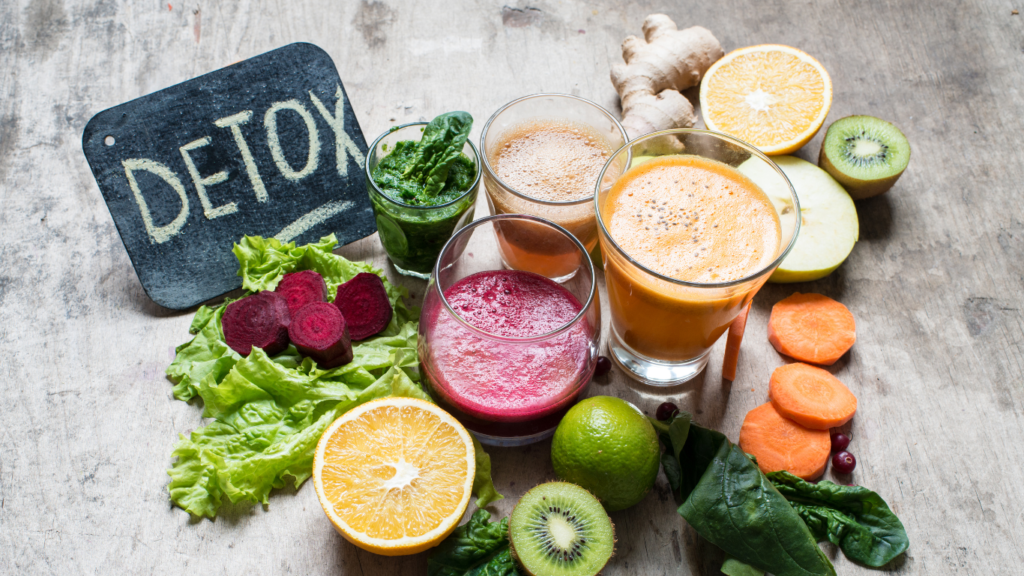
What is Ayurvedic Detox?
The Ayurvedic detoxification treatment is based on the long-established precepts of Ayurveda. Ayurveda has divided the world into five elements: Prithvi (earth), Vayu (air), Aakash (space), Teja (fire), and Jala (water).
Combinations of these elements form doshas which are responsible for different physiological functions of your body. Vata, Kapha, and Pitta are the three doshas in Ayurveda. To ensure good health, you have to maintain a balance between the three doshas and the five elements. If any imbalances occur, diseases are bound to happen.
Detoxes are a routine part of restoring your health. Every person has a unique balance of doshas based on their personality traits and genetics. An Ayurvedic practitioner can assist you in identifying your dosha.
Who Needs to Undergo Detox?
You have to undergo detoxification if you are suffering from the following:
- Allergies
- Puffy eyes
- Bloating and acidity
- Irritated mind
- Frequent mood swings
- Poor immunity
- Blemishes
- Irritated skin
- Unexplained fatigue
- Poor gastrointestinal elimination
- Emotionally unstable
- Blood sugar imbalances
- Insomnia
- Congestion
- Menstrual issues
- Brain fog
- Bad breath
- Body odour
- Chronic digestive issues
All these indicate the presence of toxins in your body and that you need to get an Ayurvedic detoxification treatment for your body of toxins. Poor diet and unhealthy lifestyle habits contribute to the toxic buildup in the body.
Preparing for an Ayurvedic Detox
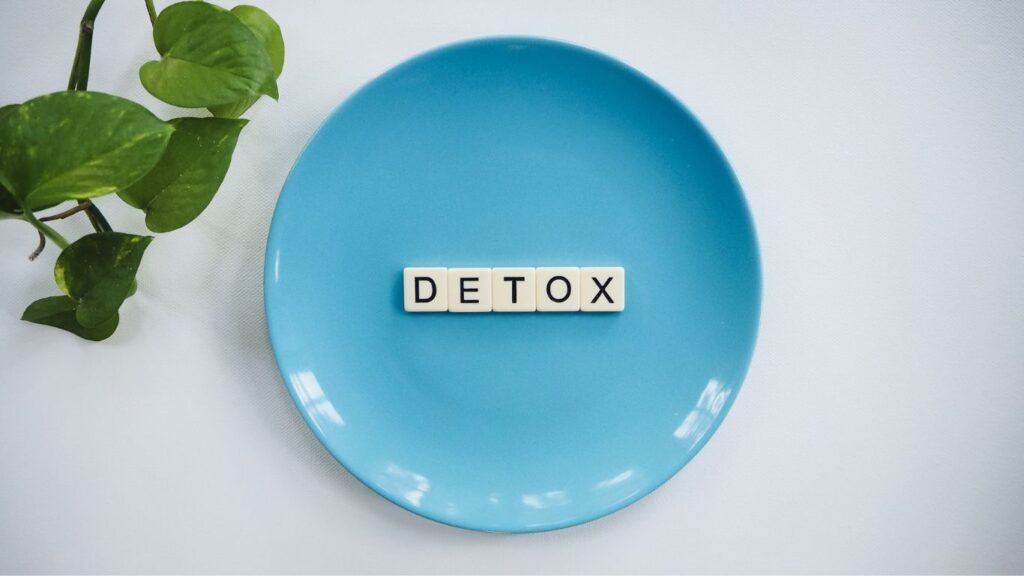
Before embarking on an Ayurvedic detox, it’s important to assess your dosha and customize the detox program accordingly.
Assessing Your Dosha: Determining Your Body Constitution
Determining your dosha is crucial in Ayurveda, as it helps identify your unique body constitution and the imbalances that need addressing. By understanding your dosha, you can tailor the detox program to meet your specific needs.
Choosing the Right Detox Program: Tailoring Detoxification to Your Dosha
Each dosha requires different approaches to detoxification. For example, Kapha dosha may benefit from therapeutic induced vomiting (Vamana) or pitta dosha may benefit from purgation (Virechana). Understanding your dosha will help you choose the most appropriate detox methods.
Panchakarma: The Ultimate Ayurvedic Detoxification Therapy
Panchakarma is a series of five detoxification therapies that eliminate toxins and rejuvenate the body. Each therapy addresses specific doshas and areas of the body, providing a holistic approach to detoxification.
Vamana: Therapeutic Induced Vomiting for Kapha Dosha Cleansing
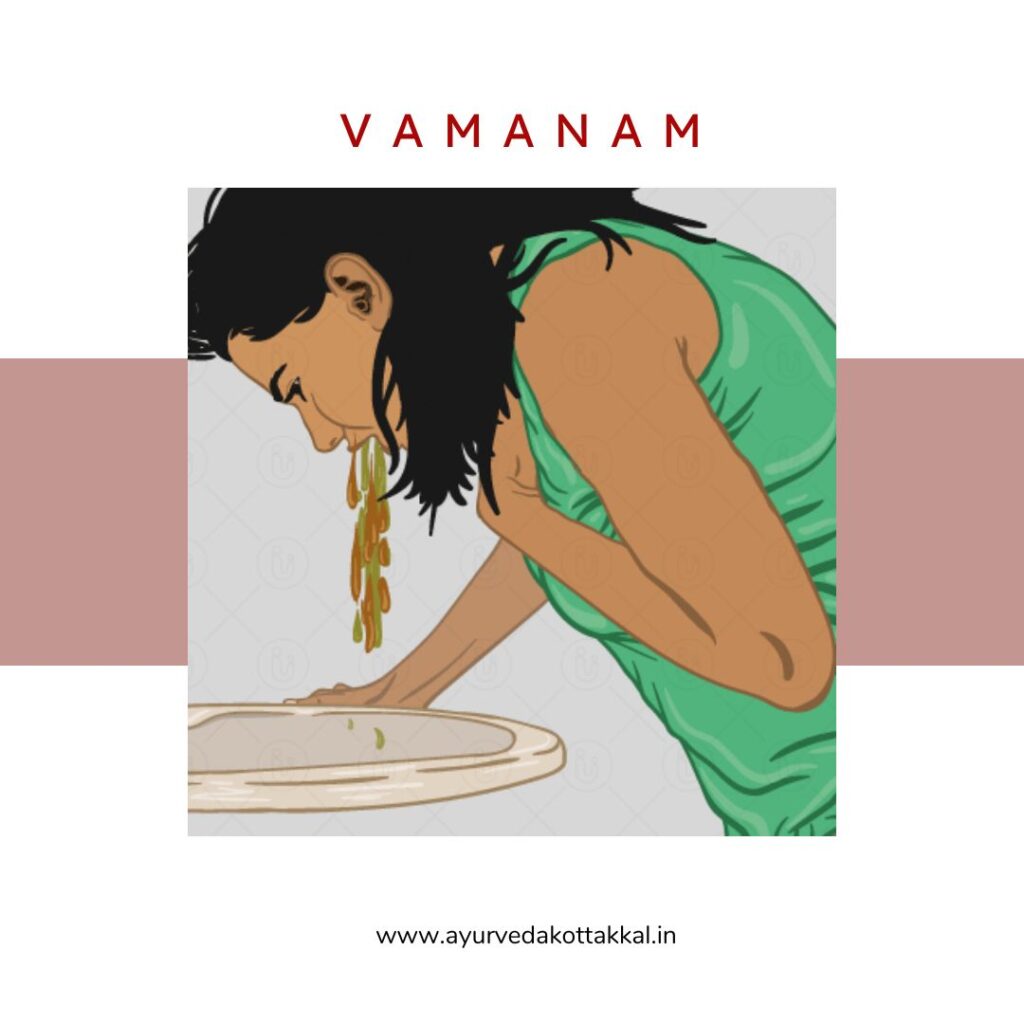
Vamana is a therapy specifically targeted at cleansing excess Kapha dosha. It involves the controlled administration of herbal medicines to induce therapeutic vomiting, flushing out toxins and impurities from the body.
Virechana: Detoxifying the Pitta Dosha through Purgation
Virechana focuses on balancing the Pitta dosha by promoting purgation. Herbal medicines are used to cleanse the gastrointestinal tract, eliminating excess Pitta-related toxins and promoting digestive health.
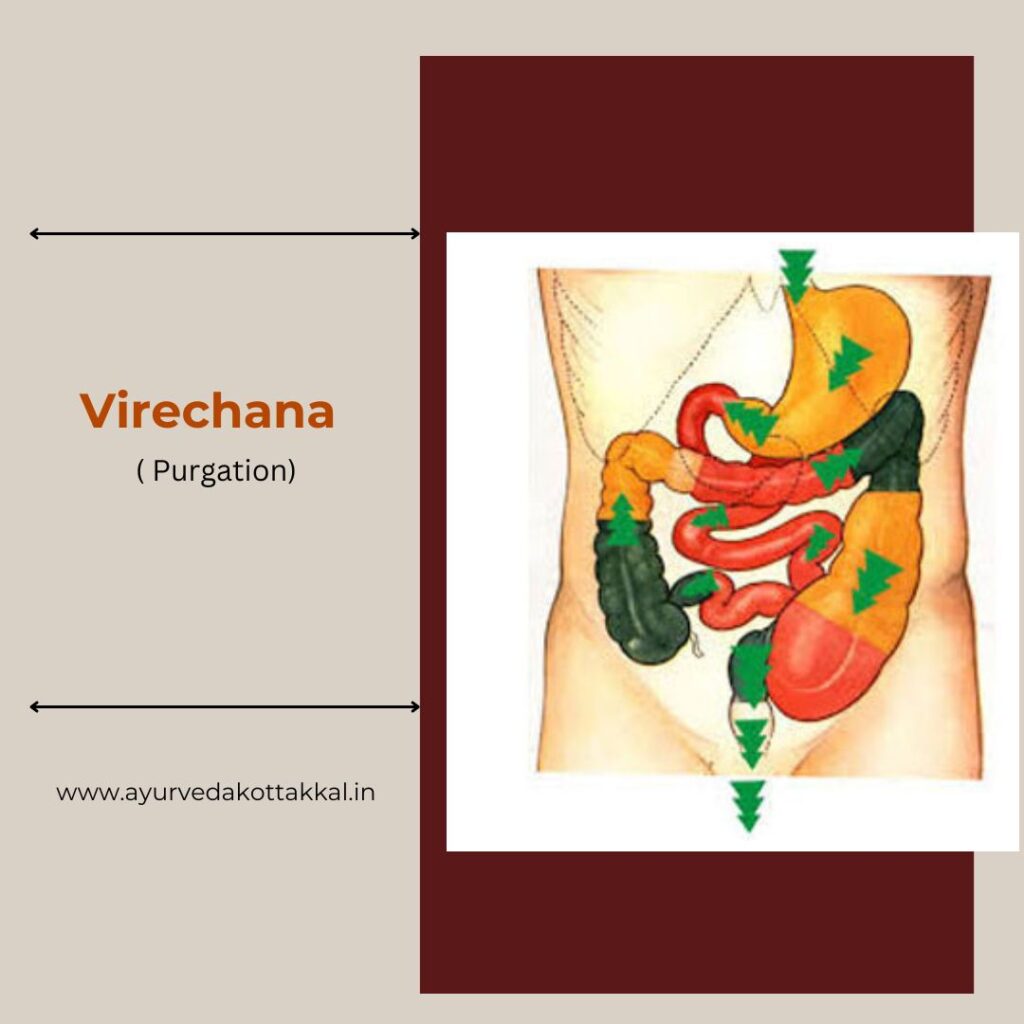
vasti: Ayurvedic Enema for Balancing Vata Dosha
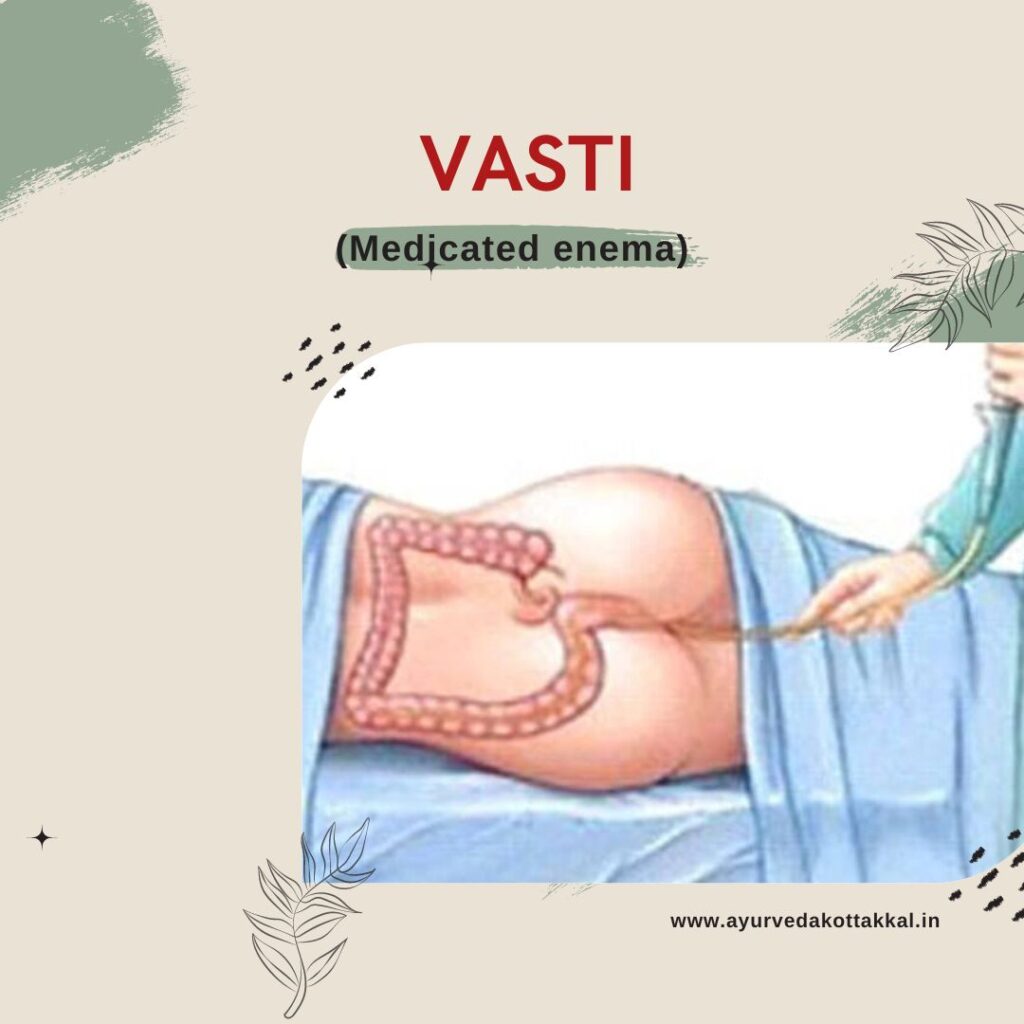
vasti, also known as Ayurvedic enema, is primarily aimed at balancing the Vata dosha, which governs bodily movements and elimination. By administering herbal decoctions or oils through the rectum, Basti helps eliminate toxins and restore Vata dosha balance.
Nasya: Nasal Cleansing for Overall Detoxification
Nasya is a nasal cleansing therapy that involves instilling herbal oils or powders into the nostrils. This helps clear the nasal passages, remove toxins from the head and neck region, and promote overall detoxification.
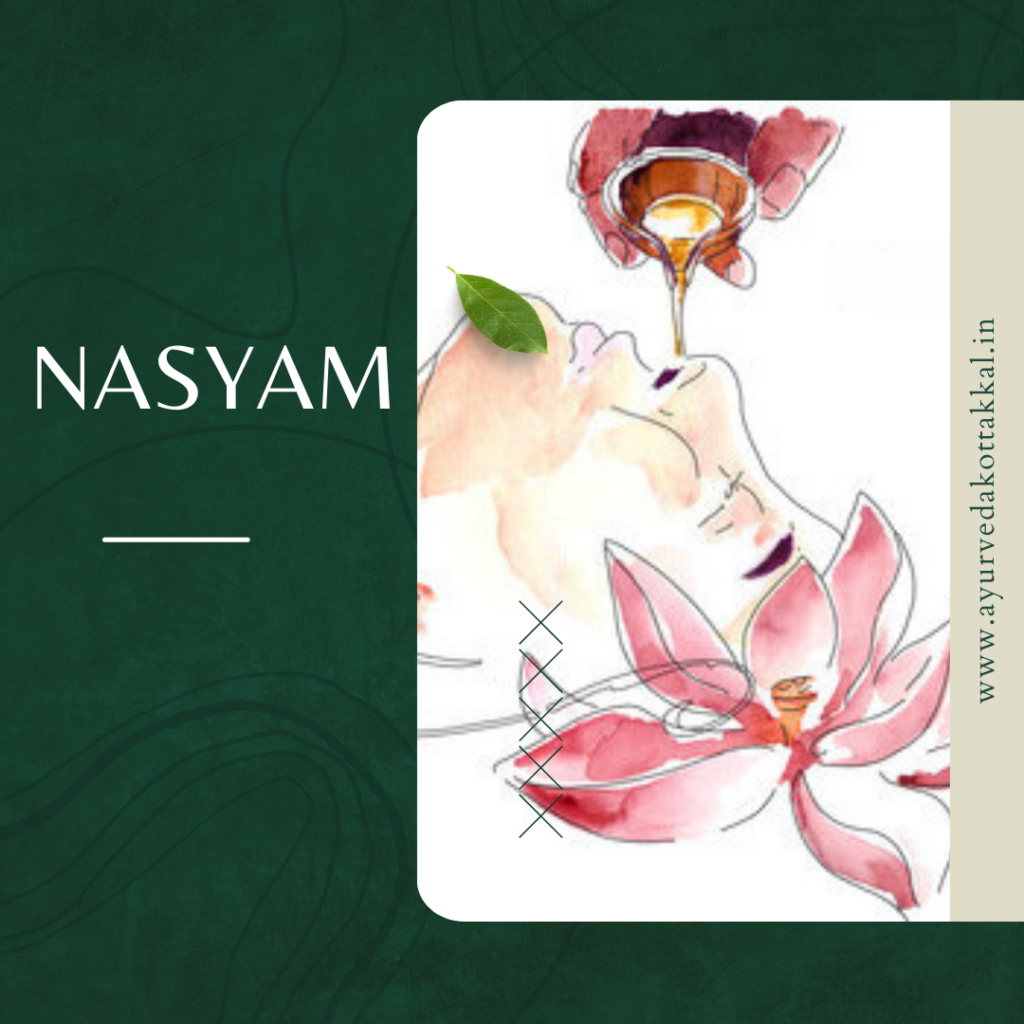
Raktamokshana: Bloodletting Therapy for Specific Conditions
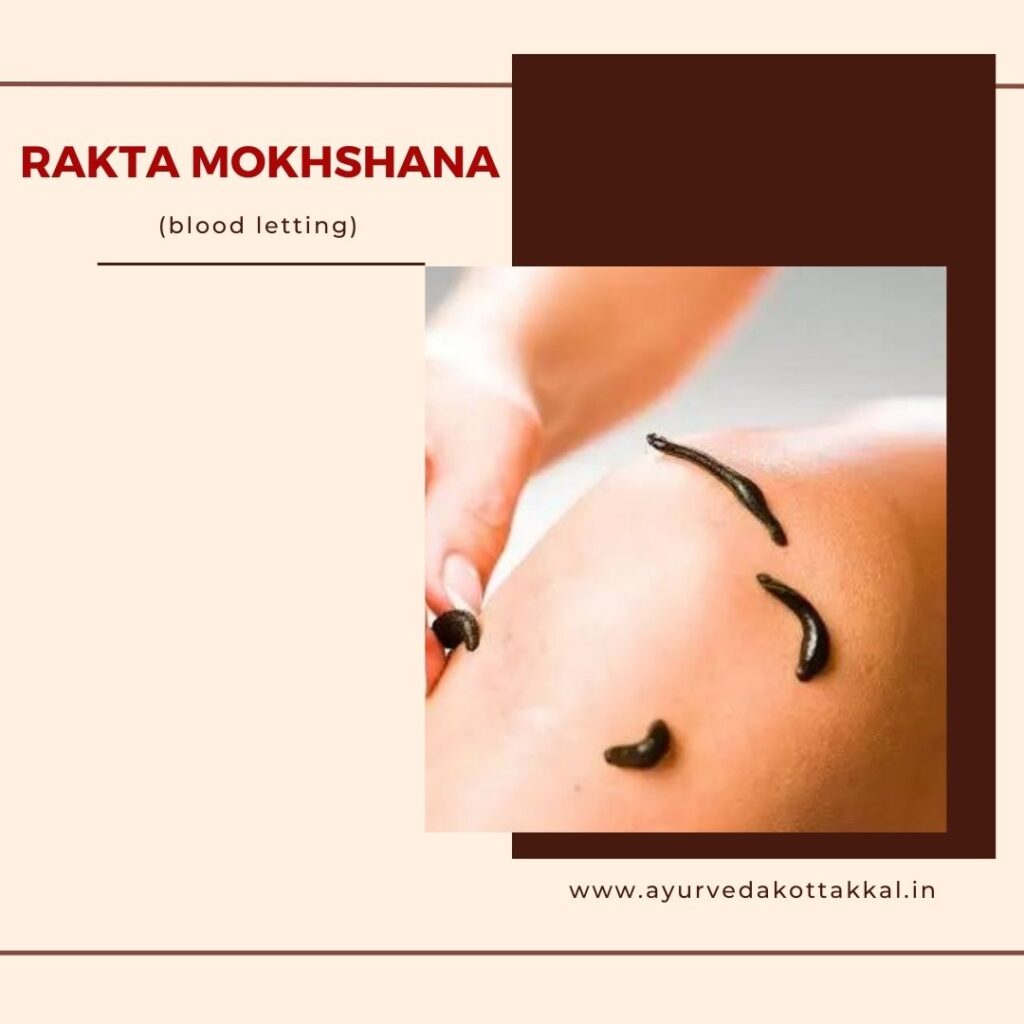
Raktamokshana, or bloodletting therapy, is usually performed in specific conditions where toxins have accumulated in the blood. By carefully removing small amounts of blood, this therapy aims to purify the bloodstream and improve overall health.
Ayurvedic Diet and Nutrition: Cleansing the Body from Within

In Ayurvedic detoxification, diet and nutrition play a vital role in promoting cleansing and rejuvenation from within. Choosing detoxifying foods, incorporating Ayurvedic detox recipes, and utilizing recommended spices and herbs all contribute to the overall effectiveness of the detox process.
Ayurvedic Lifestyle Practices: Supporting Detoxification Efforts

In addition to diet, certain lifestyle practices can greatly support the detoxification process. Abhyanga (massage with Ayurvedic oils), yoga and pranayama (breathing exercises), and meditation and mindfulness all contribute to enhancing detoxification efforts and promoting holistic well-being.
Conclusion
Cleanse your mind and body with Ayurvedic detoxification treatment. Detoxify your body for the betterment of your overall health. Visit the kottakkal Arya vaidya sala madiwala for the best detoxification therapy in Ayurveda.
